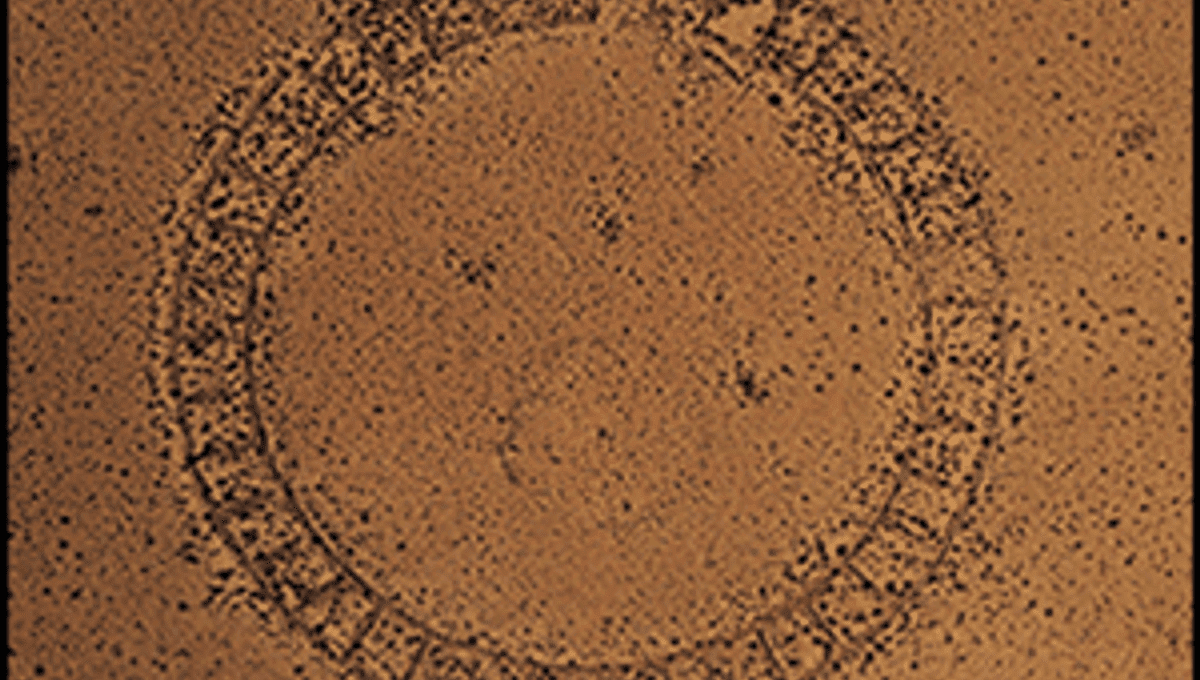
A strange circular structure in the cold, harsh highlands of Bolivia may once have hosted rituals designed to control the region’s hostile climate, researchers have suggested. Reporting the discovery of the unusual pre-Hispanic ceremonial center, the study authors say the “surprising” construction is unlike any other ever found in the Andes.
The ruin was located during an archaeological survey in Carangas, which the researchers describe as “a region of the central-southern Andean Altiplano characterised by its extremely arid and cold climate.” After identifying 135 “noteworthy” religious sites in the area, the authors say that this unwelcoming wasteland was once “a dense ritual landscape.”
While the presence of so many ceremonial structures in this remote stretch of highland is itself somewhat unexpected, the researchers go on to explain that “of these sites, one ceremonial centre stands out for its unprecedented characteristics for the Andes.” Named Waskiri, the structure “surprises both in its large dimensions (140 meters [459 feet] in diameter) and its design and regularity,” they say.
Located near the Chilean border, Waskiri is described as “an impressive circular construction” that features a perimeter ring comprised of 39 adjoining enclosures. This outer structure surrounds a central plaza that was found to contain pottery from the Late Intermediate and Late Periods.
Based on these artifacts, the researchers believe the structure was in use some time between 1250 and 1600 CE.
Zooming out to analyze the landscape in its entirety, the study authors note that Waskiri appears to be aligned with other ancient Andean holy sites called wak’as. These include sacred mountains, tutelary hills, and funerary structures containing the mummified remains of important ancestors.
Taking this “religious cartography” into account, the researchers say that Waskiri and other nearby structures may have played a role in maintaining the spiritual order in order to control the weather. “The concentration of religious spaces in this region of the Altiplano may be explained by the belief that the tutelary divinities could regulate the already extreme climatic conditions, since a small variation in temperature or rainfall could cause the loss of all crops or the death of livestock,” they write.
Interestingly, while Waskiri has never previously been documented in the archaeological record, it does appear to have been referenced by a Spanish priest called Bartolomé Álvarez, who travelled to Carangas in the 1580s. Describing the rituals that took place at the site, Álvarez wrote of attendees in a state of “solemn drunkenness” entering what he called the “house and business of hell.”
The study is published in the journal Antiquity.
Source Link: “Unprecedented” Pre-Hispanic Ceremonial Structure May Have Been Used For Controlling The Weather